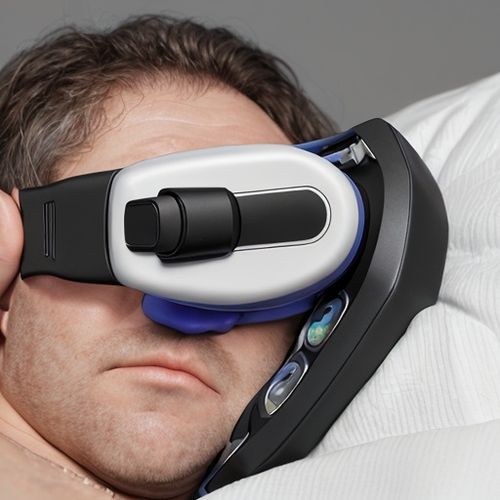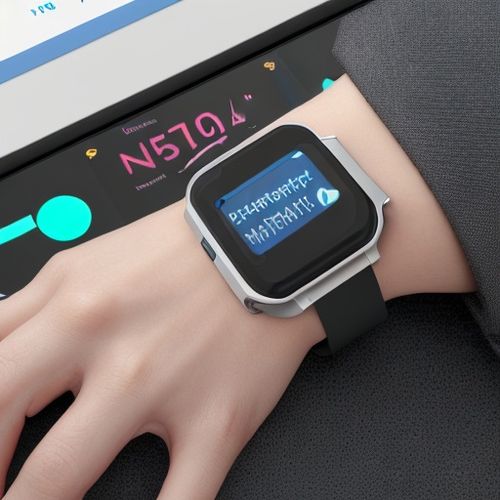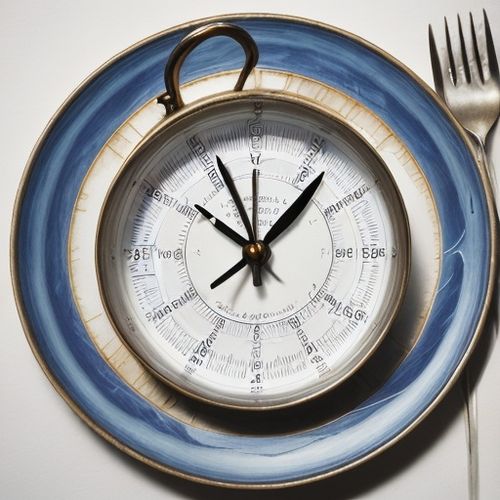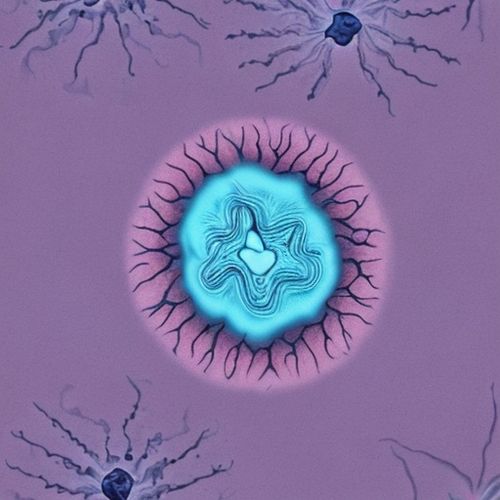In the realm of health technology, few innovations hold as much promise as the ability to monitor vital signs continuously and non-invasively. A new wrist health sensor developed by Glasgow-based company Novosound has the potential to transform how we manage and detect high blood pressure—a silent killer responsible for millions of deaths worldwide. This groundbreaking device, showcased at the Consumer Electronics Show (CES) in Las Vegas, could be a game-changer in the fight against hypertension.
The Silent Killer: High Blood Pressure
High blood pressure, often referred to as the "silent killer," is a leading cause of premature death globally, primarily through heart attacks and strokes. According to the World Health Organization, half of the billion people worldwide with high blood pressure are unaware they have the condition. Traditional methods of measuring blood pressure have relied on bulky inflatable cuffs, typically administered by healthcare professionals. This has led to a significant number of cases going undiagnosed, as many people do not regularly visit healthcare facilities for blood pressure checks.
The Limitations of Current Technology
While the smartwatch market already includes devices that claim to measure blood pressure, their accuracy varies widely. Many of these devices require inflatable cuffs to function, which undermines their convenience. Moreover, most existing smartwatches and health wristbands only monitor surface-level metrics like heart rate, failing to provide deeper insights into cardiovascular health. This limitation leaves a critical gap, as high blood pressure often goes undetected until it leads to severe health events like strokes or heart attacks.
Novosound's Revolutionary Ultrasound Sensor
Novosound's innovation lies in its ability to integrate ultrasound technology into wearable devices, offering medical-grade accuracy in a compact form factor. The company's founder, Dr. Dave Hughes, has spent a decade researching low-power, high-resolution ultrasound imaging. His goal was to overcome the challenge of miniaturizing ultrasound systems while maintaining high resolution and low cost.
"Typical ultrasound systems are used for imaging babies inside hospitals, and are quite big objects," Dr. Hughes explains. "But if you want to look inside the wrist, you need very fine imaging resolution. In the ultrasound world, that becomes very expensive, very fast." By addressing this challenge, Novosound has developed a sensor that can be seamlessly integrated into smartwatches and health wristbands.
How the Sensor Works
The Novosound sensor uses ultrasound to monitor the movement of arteries as the heart beats. By analyzing these movements, it can calculate blood pressure with remarkable precision. This non-invasive approach allows for continuous monitoring, providing users with real-time data on their cardiovascular health.
Dr. Hughes emphasizes the significance of this breakthrough: "That really opens up the ability for smartwatches to address the Holy Grail of digital health, which is accurate blood pressure measurement from the wrist in a completely non-invasive way." This technology could empower individuals to take proactive steps in managing their health, potentially preventing life-threatening conditions.
The Potential Impact
The implications of Novosound's technology are far-reaching. By making accurate blood pressure monitoring accessible to the general public, the company aims to reduce the number of undiagnosed hypertension cases. Early detection and continuous monitoring can lead to better management of the condition, ultimately saving lives.
Moreover, the sensor's ability to provide detailed insights into cardiovascular health could revolutionize the way we approach preventive healthcare. Users can receive alerts and recommendations based on their blood pressure data, enabling them to make informed decisions about their lifestyle and seek medical attention when necessary.
The Market and Future Prospects
The wearable health technology market is booming, with analysts estimating its current size to be between $40 billion and $90 billion. Projections suggest it could grow to $325 billion by 2032. With 30% of US adults already wearing medical sensors and 47% of those users wearing them daily, the demand for advanced health monitoring devices is evident.
Novosound's ultrasound sensor stands out in this market due to its miniaturization and accuracy. Unlike conventional ultrasound systems that require wet gels for signal conduction, Novosound's proprietary thin-film ultrasound sensors offer a dry, flexible, and scalable solution. This innovation not only enhances user convenience but also paves the way for future advancements in wearable health technology.
Commercialization and Partnerships
Established in 2018 as a spin-out from the University of the West of Scotland, Novosound has already secured significant funding, including a £1 million grant from Scottish Enterprise and £2 million in a recent funding round led by Par Equity. The company is now seeking partners at CES to commercialize its technology, with plans to license it for use in smart rings and smartwatches.
Dr. Hughes is optimistic about the future: "What we can see is, within 18 to 24 months, the sensor rolling out into existing smartwatches or fitness bands, and then people can buy it." This timeline underscores the rapid pace of innovation in the health technology sector and the potential for Novosound's sensor to become a standard feature in wearable devices.
A New Era in Health Monitoring
Novosound's ultrasound blood pressure monitor represents a significant leap forward in wearable health technology. By integrating medical-grade accuracy into compact, user-friendly devices, the company is addressing a critical gap in current health monitoring solutions. The ability to detect and manage high blood pressure continuously and non-invasively could save countless lives and transform preventive healthcare.
As we look to the future, the potential for further advancements in wearable health technology is exciting. With companies like Novosound pushing the boundaries of what is possible, we can expect even more sophisticated and accessible health monitoring solutions to emerge. The journey to better health may soon be as simple as wearing a smartwatch.

By Sarah Davis/May 19, 2025

By Natalie Campbell/May 19, 2025

By George Bailey/May 19, 2025

By Lily Simpson/May 19, 2025

By David Anderson/May 19, 2025

By Olivia Reed/May 19, 2025

By Amanda Phillips/May 19, 2025

By Sophia Lewis/May 19, 2025

By Olivia Reed/May 19, 2025

By Emily Johnson/May 19, 2025

By John Smith/May 18, 2025

By Eric Ward/May 18, 2025

By Jessica Lee/May 18, 2025

By Jessica Lee/May 18, 2025

By Sophia Lewis/May 18, 2025

By Rebecca Stewart/May 18, 2025

By Emily Johnson/May 18, 2025

By Rebecca Stewart/May 18, 2025

By Megan Clark/May 18, 2025

By Megan Clark/May 18, 2025